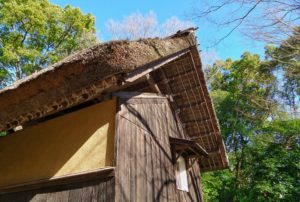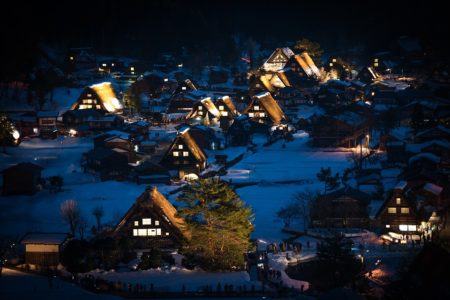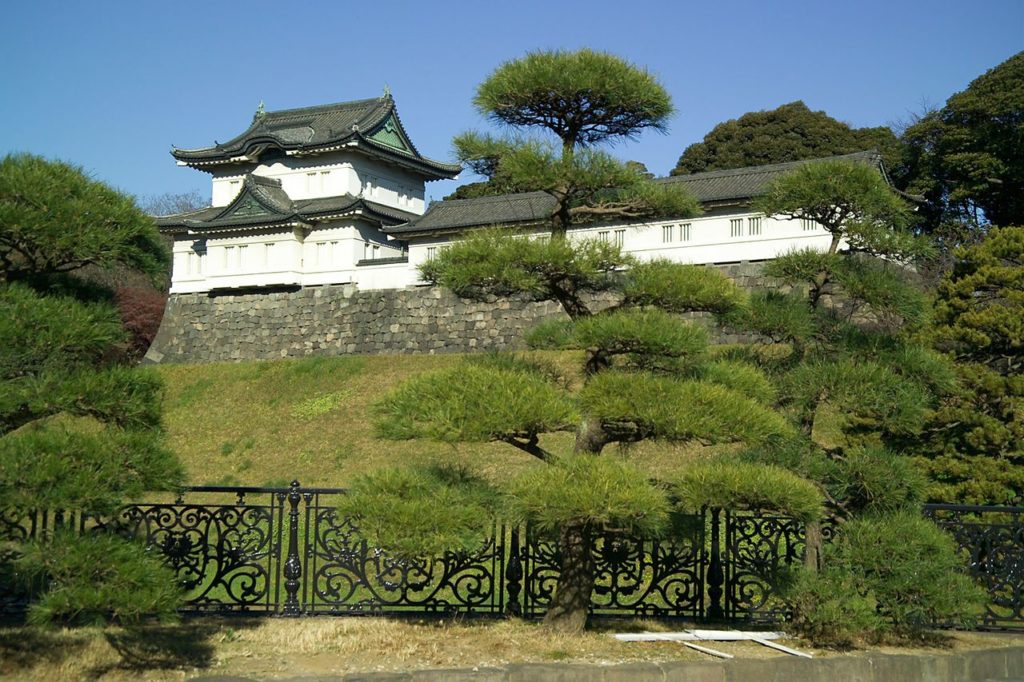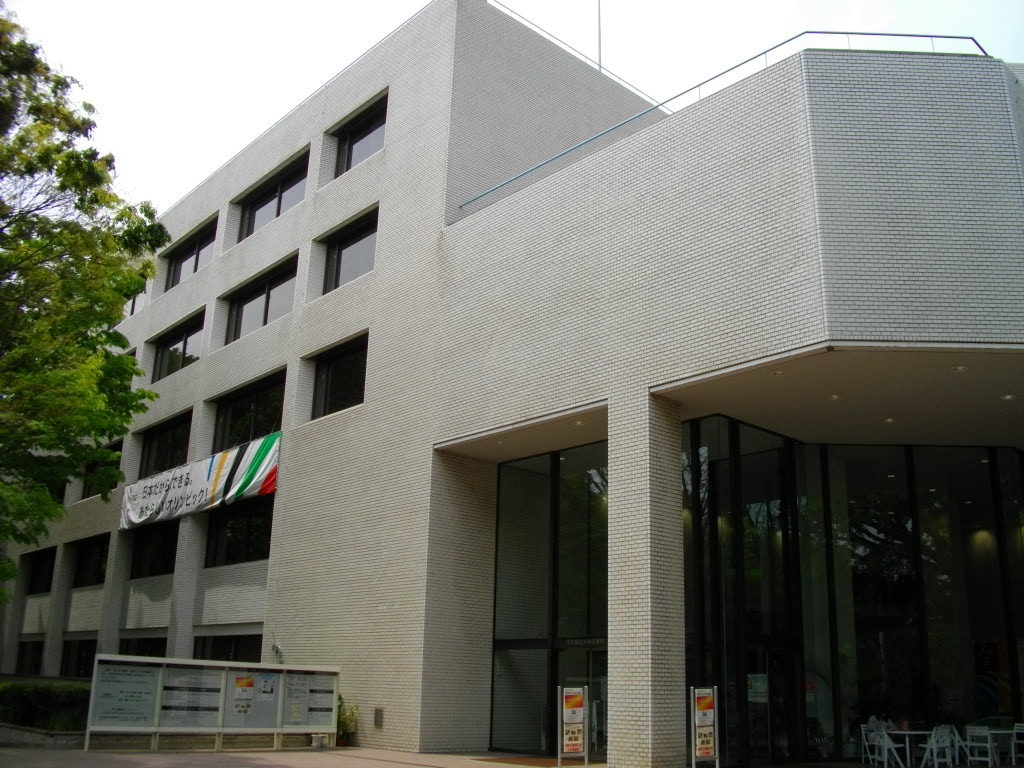
They are called minka, a Japanese word that means “people’s houses.” Minka are enchanting handcrafted country homes scattered across the Japanese countryside. Before World War II, these were indeed the people’s houses, reflecting ancient traditions and natural lifestyles.
Most minka consists of heavy pine rafters with slender bamboo cross beams. Typical characteristics are long windows, natural wood and the steep thatched roofs. When minka are placed in traditional mountain or sea settings, they seem straight out of Oriental fairy tale.
While minka would appear to have all the charms necessary to attract people to them, the houses are fading away. Many stand abandoned and rotting outside the cities. The government maintains a database of over 210,000 empty minka. It also has a generous restoration fund for those who might wish to restore them.
Indeed, everything is materially in place for a minka revival. What is missing are souls to inhabit these houses that are so much a part of the people’s history. The nation is fast fading away as the birthrate plummets and the countryside empties. Japan’s declining population no longer has the energy to undertake such a massive project. The economy, long in the doldrums, has also made such restorations difficult, since restored minka tend to depreciate rather than increase in value over time.
[like url=https://www.facebook.com/ReturnToOrder.org]
However, the main reasons behind the minka decline are neither economic or even demographic. Rather it is the fact that the desire for minka no longer exists. In the frenetic intemperance of life in the cities, people in general actually have come to prefer the cheaply made concrete boxes that pass for residences. Such cheap dwellings rarely last beyond a decade or two. Nevertheless, people still flock to mass market housing which corresponds to the mass society that is now so much a part of Japanese urban life.

Westernization has also taken its toll. After the war, the Japanese abandoned many of their ancient customs in an effort to catch up to the modern world. They mistakenly believed that being modern means adopting modern housing and lifestyles. Minka represented the old world that must be abandoned.
What Does Saint Thomas Say About Immigration?
However, there is a slight glimmer of hope. While minka are not wildly popular, there is a small movement inside certain sectors of Japanese society that are now restoring some of them. The most popular way of doing this has been to dismantle minka from the countryside and to rebuild them in urban settings adding modern conveniences. Curiously, the trend is growing among young people who want something different and more meaningful. Ironically, foreigners who live in Japan also are relocating minka because they appreciate the airy and natural atmosphere that they create.
Minka are more than just buildings. They are part of the culture of a people. And when that culture fades, something very important in the life of a nation is lost. It seems so tragic that the handcrafted highly personalized minka should be replaced by cheap mass market housing. Yet such a substitution is typical of the false and empty promises that have become so much a part of modern life.




